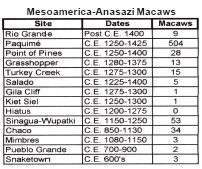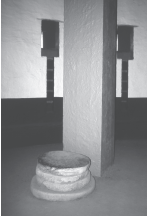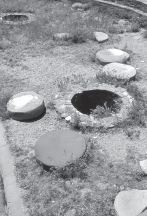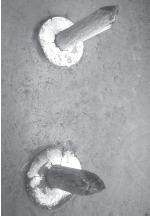 |
||||||||||||
As the Chaco Canyon Anasazi move evidence indicates that it is possible to follow the believers in the Sun God/Scarlet Macaw belief system progressively south to Wupatki, Point of Pines, Grasshopper and Kinishba ending up at Paquimé. Charmion McKusick reports that the Scarlet Macaws were sacrificed C.E. 900-1200 and that later the macaw feathers were harvested, but the birds were not sacrificed after C.E. 1275. McKusick further states “While macaws can be handled without injury by their keepers, they are vicious birds which could not be traded hand to hand. It would be |
necessary for an experienced courier to transport marketable macaws.” The Scarlet Macaws are the signature element of Mesoamericans in Anasazi culture. Leading archaeologist, Steve Lekson, states there is a “tendency to minimize rare things. Only a few macaws, therefore, macaws are not important. That logic escapes me. Rare stuff is supposed to be rare. If we found a jade mask at Pueblo Bonito, would we belittle it because there was only one? Macaws are the moral equivalent of jade masks. Highly specialized knowledge needed to transport and maintain macaws makes the 1,000 km (621 mile) trip (one way) to obtain those cantankerous birds a very big deal, fully comparable to jade-working. This was no “down-the-line” exchange; the idea of a macaw being passed up and over the Sierra Madres, from hill tribe to hill tribe, is absurd. Instead of minimizing the 30 macaws and two dozen copper bells recovered at Chaco, wishing them away, we should dance jigs of joy that the archaeology gods have given us these astonishing data” (Lekson). I would strongly agree with Lekson accept that I believe in context, that the Scarlet Macaws are not that rare. While material items such as ceramics and shells may be more common, these assemblages do not carry nearly the value of biological remains of a macaw. |
|||||||||||
 |
||||||||||||
 |
 |
|||||||||||
| Round Stones and Grain Growing Cultures - The theory that round stones were used as foundations is a very risky one for a grain growing culture like the Chaco Canyon Anasazi. It is more likely that these round stones were used for some type of grain processing. The fact that they also appear at Paquimé at a much later date and are not associated with “kivas” indicates that their use needs to be investigated in much more detail (below). |
||||||||||||
 |
 |
 |
 |
|||||||||
Worn Anasazi Round Stone, Aztec |
Anasazi Round Stone, Aztec Great Kiva |
Chaco New Round Stone |
Paquimé Round Stone |
|||||||||
copyright 2005 - Richard D Fisher - DigitalTeamWorks.com